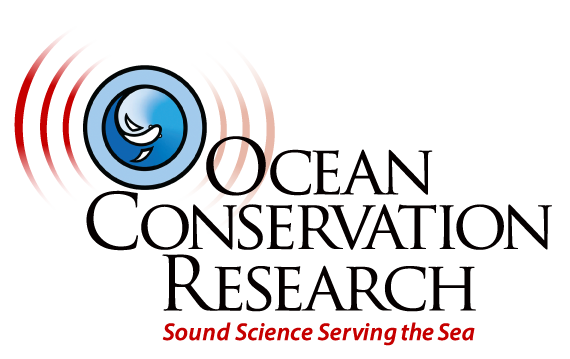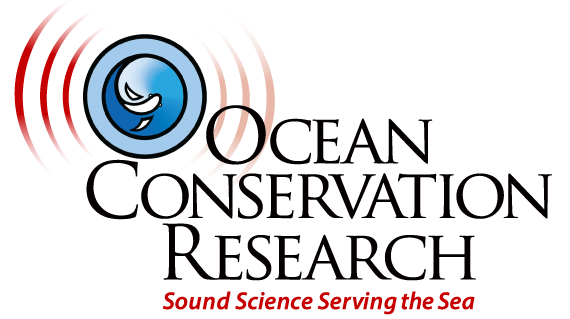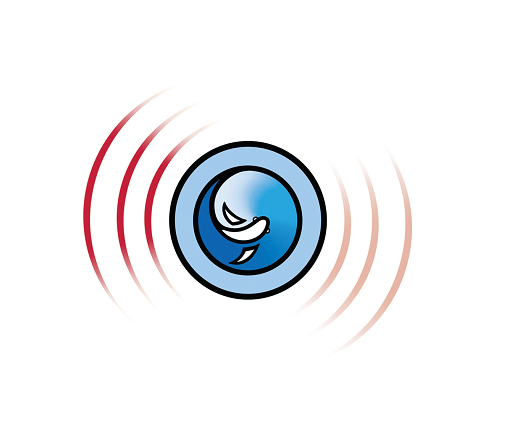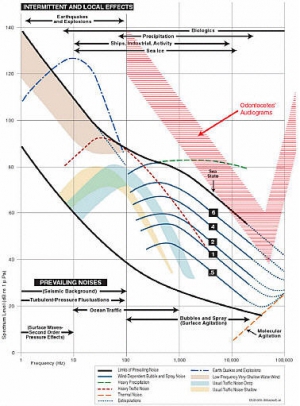PROJECTS
IN DEVELOPMENT:
Farallones Hydrophone Project – Tracking whales in shipping lanes to prevent future ship strikes
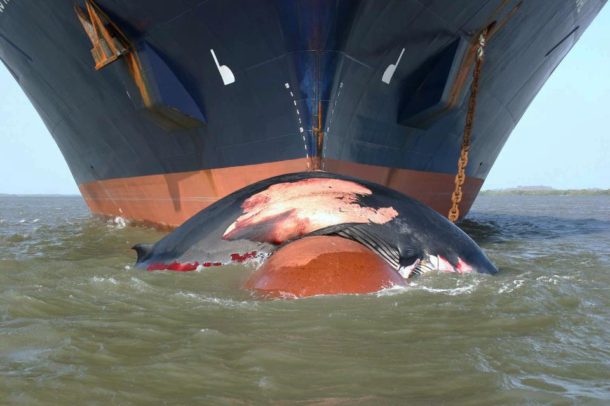
The Farallones Hydrophone Project will place two wired hydrophone arrays offshore from the Point Reyes Lighthouse in the Farallones National Marine Sanctuary. These broad-band, time-correlated, high-resolution instruments will allow real-time monitoring of all sound sources within the array aperture. Focused on the Northern shipping lane approach to San Francisco Bay and the Port of Oakland, the objective is to triangulate on, and localize marine mammals to study whale behavior around the shipping lanes. Working with Dr. Ellen Hines with SFSU and Estuaries and Ocean Science and Point Blue, and Bruce Martin of JASCO Applied Science, we hope to develop a system where the whales at risk of ship-strikes will be displayed on screen, and other sound natural and anthropogenic sources can be located and analyzed. Learn More»
ONGOING:
Cook Inlet Project – Protect whales and their food source from the harmful impacts of airgun blasting
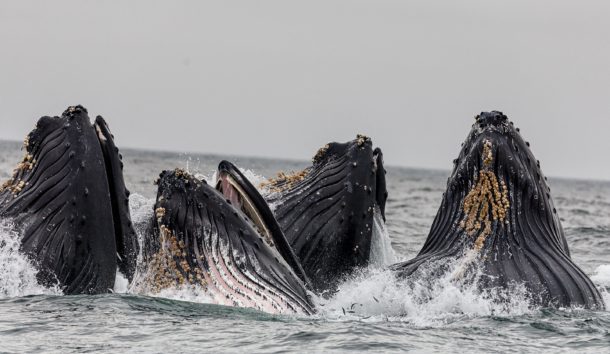
Baleen whales are the largest animals on earth and feed on some of the smallest critters in the ocean, known as zooplankton. The toxic oil and gas industry continues to put zooplankton, baleen whales, and other marine life at risk with seismic airgun blasting to search for hydrocarbons beneath the sea floor. Seismic airgun surveys fire a series of relentless blasts every few seconds for weeks to months on end, which can be heard hundreds to thousands of miles away from the source. High concentrations of dead zooplankton have been found in the wake of seismic airgun surveys, however there is not currently enough evidence available to influence policymakers. Learn More»
Metrics
In order to have a clear understanding of any inquiry there needs to be a concise set of standard descriptors used. “Metrics” refers to the numerical/quantitative terms used to describe physical phenomena.
1. KURTOSIS
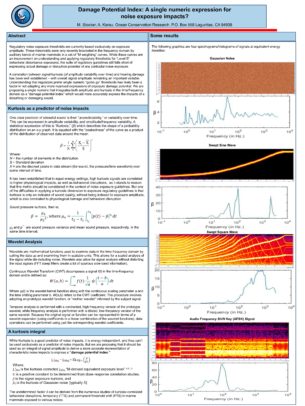 Existing noise exposure guidelines are based solely on how loud a noise is at the receiver (the exposed animal). This does not take into account the characteristics of a sound. Some sounds are dulcet, others are nasty. These qualities can be expressed using the statistical term “Kurtosis” – which can express how “screechy” or rough a sound is. There is a direct correlation between high kurtosis signals and aggravating characteristics. We have introduced the term “Kurtosis” into the international standards vocabulary (ISO 18405) and are working to further define this and implement it into US regulatory guidelines
Existing noise exposure guidelines are based solely on how loud a noise is at the receiver (the exposed animal). This does not take into account the characteristics of a sound. Some sounds are dulcet, others are nasty. These qualities can be expressed using the statistical term “Kurtosis” – which can express how “screechy” or rough a sound is. There is a direct correlation between high kurtosis signals and aggravating characteristics. We have introduced the term “Kurtosis” into the international standards vocabulary (ISO 18405) and are working to further define this and implement it into US regulatory guidelines
Most threshold testing is done using convenient, easy to quantify signals. But signals found in actual settings are rarely so easy to describe. Kurtosis is a statistical descriptor for signal variability which can simplify the description of complex signals. Learn More: Paper » Learn More: Video »
2. THRESHOLD
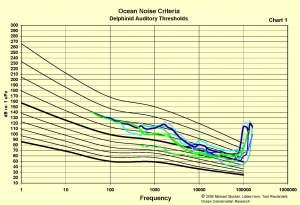 The first task of crafting criteria is to understand perceptual thresholds; what amplitude, or frequency, or acceleration, or time disparity will stimulate a nervous system response in animals.
The first task of crafting criteria is to understand perceptual thresholds; what amplitude, or frequency, or acceleration, or time disparity will stimulate a nervous system response in animals.
3. NOISE CRITERIA
In human architectural settings we have devised a way of describing the desired acoustical criteria for the purpose of a given room, providing design and use guidelines. These guidelines are crafted around the perceptual priorities of one species – humans. Ocean Noise Criteria need to include the perceptual priorities of many species – a complicated task.
Citizen Science Sailors: Mapping Ocean Noise
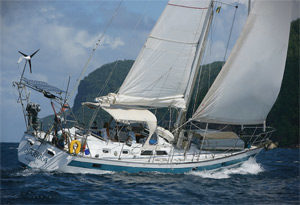 While there are many maps of ocean noise pollution available, much of the data on these maps are modeled from shipping lane maps and are not well supported by empirical data. This project takes advantage of long-distance recreational sailors equipped with a deployable hydrophone and instrumentation package to periodically measure the noise below their craft. These data will be gathered, analyzed and mapped, giving us real noise data heretofore unavailable due to the expense of sound-gathering missions. We are collaborating with recreational sailor communications and outreach organization “Hello Ocean” and Geographical Information Systems design firm Sliverleaf Geospaitial on this project and anticipate opening up a lot of ears to the real problem of ocean noise pollution.
While there are many maps of ocean noise pollution available, much of the data on these maps are modeled from shipping lane maps and are not well supported by empirical data. This project takes advantage of long-distance recreational sailors equipped with a deployable hydrophone and instrumentation package to periodically measure the noise below their craft. These data will be gathered, analyzed and mapped, giving us real noise data heretofore unavailable due to the expense of sound-gathering missions. We are collaborating with recreational sailor communications and outreach organization “Hello Ocean” and Geographical Information Systems design firm Sliverleaf Geospaitial on this project and anticipate opening up a lot of ears to the real problem of ocean noise pollution.
Acoustic Journeys
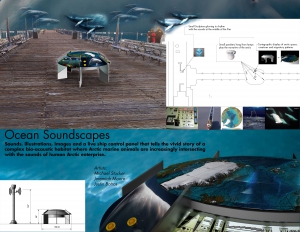
Sound Booth Concept Design
While listening to a single sound or a single bio-acoustic habitat can be thrilling, expanding the listening field into a context can be truly informative. We are developing two short narrative compositions, Arctic Soundscapes and Ocean Soundscapes, in the form of Acoustic Journeys which will transport listeners across imaginary space and time, allowing them to understand some of the acoustic interactions of the sea.
Sea-floor Processing
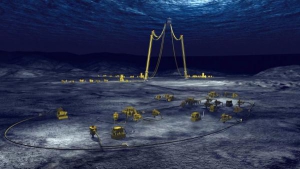 New technologies in offshore petroleum extraction are moving processing equipment down to the seafloor. This is introducing new and yet to be quantified noise sources where they are unseen – and un-monitored by any regulatory frameworks.
New technologies in offshore petroleum extraction are moving processing equipment down to the seafloor. This is introducing new and yet to be quantified noise sources where they are unseen – and un-monitored by any regulatory frameworks.
It is likely that processing of this multi-phase material (solids, liquids, and gas) flowing under these extreme conditions generates noise. Equipment is controlled by way of acoustical communication networks, and the entire oilfield is served by floating, dynamically stabilized operating platforms. All of this equipment generates noise. We would like to know how much noise. We are working on two strategies to find out.
One strategy involves deploying an autonomous profiler to drift across sub-sea operations in the Gulf of Mexico to record and evaluate operational noises of deep-water hydrocarbon production. A second strategy involves engaging recreational sailors to deploy hydrophones throughout the ocean), and encouraging them to pay special attention to where these deep-water installations are operating.
Zuvuya
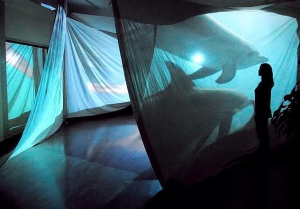 Zuvuya is the Mayan word for the circuit by which everything returns to its source, connecting memory to the future as well as the past.
Zuvuya is the Mayan word for the circuit by which everything returns to its source, connecting memory to the future as well as the past.
The mission of ZUVUYA is to offer a sensory, multi-media experience that blends science and art, to focus each of us on reconnecting to our ocean home and to inspire stewardship and healing for the oceans and ourselves.
COMPLETED:
Arctic Focus
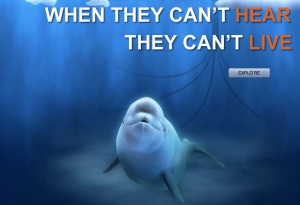 Don’tBeABuckethead.org was developed as a joint education and outreach project with World Wildlife Fund (WWF) and Natural Resources Defense Council (NRDC) focusing on the acoustical impacts of fossil fuel exploration and production in the arctic. To share the pristine acoustic environment of the arctic, we processed five full days of audio recordings from Macaulay Library to provide visitors with an immersive acoustic experience in the arctic ocean and the visual experience of an ocean scientist. Learn More»
Don’tBeABuckethead.org was developed as a joint education and outreach project with World Wildlife Fund (WWF) and Natural Resources Defense Council (NRDC) focusing on the acoustical impacts of fossil fuel exploration and production in the arctic. To share the pristine acoustic environment of the arctic, we processed five full days of audio recordings from Macaulay Library to provide visitors with an immersive acoustic experience in the arctic ocean and the visual experience of an ocean scientist. Learn More»
Historic Ocean Noise Levels
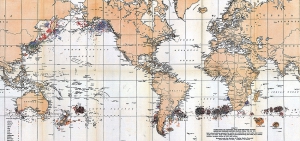
There has been an assumption that the ocean has always been quiet until the mechanization of human enterprise. But prior to industrialized fishing and whaling the ocean was saturated with biological noise that may have been much louder than today’s mechanized ocean.
